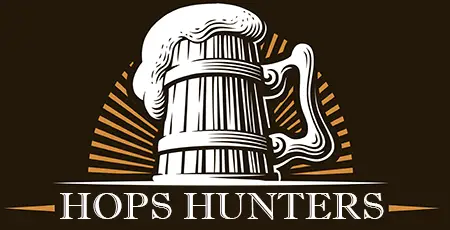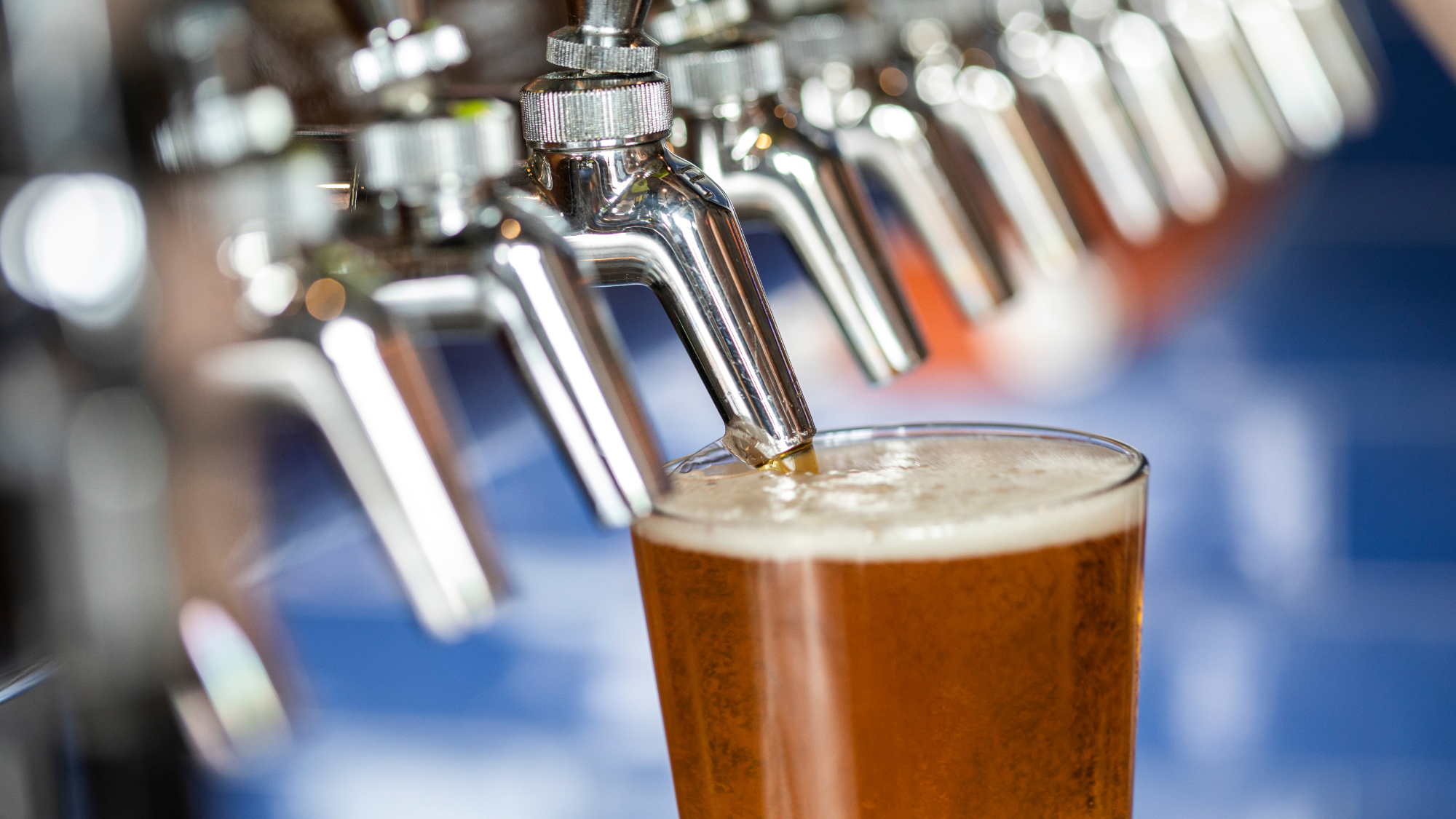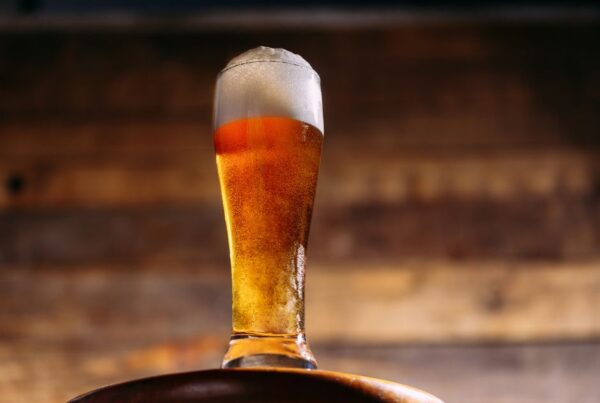What Does IBU Measure?
Bitterness in beer is measured objectively by its International Bitterness Units. A beer’s IBU indicates how bitter it is. In general, a lower IBU means it is not bitter, while a higher IBU means the beer is more bitter. IBU measures the parts per million of isohumulone from hops in beer. Isohumulone, in layman’s terms, is the stuff from female hops that give the beer a bitter taste.
Beers like Bud Light and Blue Moon Belgian White have low IBUs and are not bitter. Other beers like Jade IPA from Foothills Brewery or other IPAs have higher IBU measurements, making them more bitter, statistically. These beers may have a higher or lower perceived bitterness based on personal experience.
Continue reading for more information on how IBU is calculated, if it’s accurate, and what beer styles have higher or lower IBUs.
How is IBU Calculated?
IBU measures the number of alpha acids generated from the hop varieties used in the boil relevant to the final wort volume. Knowing how to calculate IBU is essential to making the same beer consistently.
There are multiple ways to calculate IBU, such as high-performance liquid chromatography, mass spectrometry and fluorescence spectroscopy, but the easiest is with a simple formula. Because commercial brands brew a lot of beer, the following equation is not practical, and they often opt for one of the aforementioned methods to calculate IBU.
IBU is calculated using a few different variables:
● W – weight in grams of the hop addition
● U% – the gravity of the boil and duration of the boil
● A% – the alpha acid percentage of the hop variety used
● V – the volume of the final wort in liters
The scientific formula for calculating IBU, according to Ray Daniels’ book, “Designing Great Beers,” is as follows:
𝐼𝐵𝑈 = (𝑊 × 𝑈% × 𝐴% × 1, 000)/ 𝑉
Is IBU Accurate?
IBU is the scientific way of measuring the bitterness of a beer by counting the ppm of isohumulone, the bittering compound that comes from boiled hops that remains in the beer. This number is objective. However, just like how beer drinkers perceive flavors differently, they also perceive bitterness differently. A dark and chocolatey stout might not taste as bitter as a strong IPA, but the stout may have more IBUs. This often happens because of the other ingredients in the beer that balance out the bitterness, like the barely in stouts. Additionally in stouts, although they have high measured IBUs, other adjuncts like coffee, oatmeal, or different sugars are also used to mask the bitterness. This is just one example of a beer style with a high IBU number and a lower perceived bitterness.
Do Breweries Really Test For IBU?
While some breweries will likely do some lab testing many will simply give an estimate of the IBU and will often give a number which is more than the actual IBU. Large macro breweries are more likely to have tested their beer since they mass produce only a few variations and rarely add new beer flavors.
IBU Scale per Beer Style
Some beer styles have greater IBU measurements than others. The Berliner-style Weisse, American Light Lager, and Hefeweizen have low perceived bitterness and fewer IBUs. Contrastingly, beer styles like Pale Ale, IPA, and Barleywine all contain larger amounts of IBUs and have a greater perceived bitterness. IBU can range from 0-120+, but it’s near impossible for humans to perceive bitterness higher than 120 IBU.
Here’s a list of 9 popular beer styles and their IBUs, from least to most:
1. Berliner-style Weisse (3-6 IBU)
2. American Light Lager (4-10 IBU)
3. Hefeweizen (10-15 IBU)
4. German-style Pilsner (25-45 IBU)
5. American Pale Ale (30-50 IBU)
6. American IPA (50-70 IBU)
7. Imperial Stout (50-80 IBU)
8. Barleywine (60-100 IBU)
9. Imperial IPA (65-100 IBU)
What Beer Has The Highest IBU?
The beer with the highest ever claimed IBU’s is Carbon Smith F*cks Up Your Sh*t IPA coming in at a mind blowing 2000 IBU’s. While this is an astonishing number we mentioned before that most humans can not actually taste an IBU about 120 or so.




